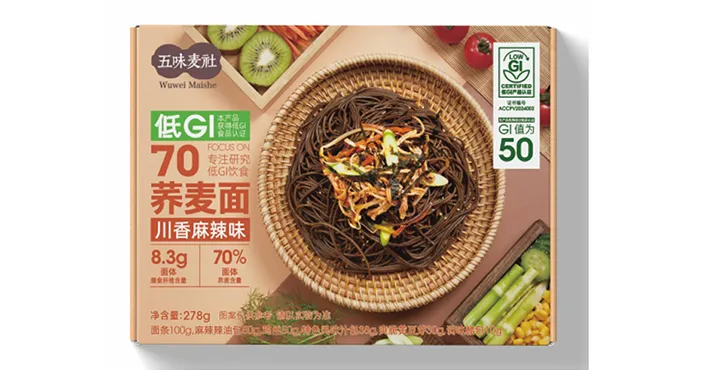Exploring Various Homemade Pasta Varieties and Their Unique Characteristics
Different Types of Homemade Pasta
Pasta is a beloved staple of many cuisines worldwide, and while many people opt for store-bought varieties, making pasta at home can elevate your culinary experience. There are numerous types of homemade pasta, each with its unique texture, shape, and flavor. In this article, we’ll explore some different types of homemade pasta, their preparation methods, and how to enjoy them.
Fresh Egg Pasta
Fresh egg pasta is perhaps the most traditional and popular type of homemade pasta. Comprising just two primary ingredients—flour and eggs—this pasta is known for its rich, velvety texture. The most common flour used is “00” flour, which is finely milled and ideal for pasta making.
To make fresh egg pasta, create a mound of flour on a clean surface, make a well in the center, and crack the eggs into the well. Gradually incorporate the flour into the eggs using a fork until a dough forms. Knead the dough for about 10 minutes until it becomes smooth and elastic, then let it rest for at least 30 minutes. Depending on your preference, you can roll it out into sheets for lasagna, tagliatelle, or cut it into shapes like pappardelle.
Semolina Pasta
Semolina pasta is made from durum wheat semolina, giving it a slightly coarser texture than egg pasta. This type of pasta is particularly popular for making shapes like fusilli, cavatappi, and orecchiette. Semolina pasta is often cooked al dente and has a nice bite when prepared.
To prepare semolina pasta, combine semolina flour and water. Depending on the desired moisture, you can also add a pinch of salt or a bit of olive oil for flavor. Mix until a dough forms, then knead for about 10 minutes and let it rest for 30 minutes. Once rested, roll it out or shape it into your desired forms.
different types of homemade pasta

Filled Pasta
Filled pasta is another delightful type of homemade pasta that offers a variety of flavors and textures. This category includes popular dishes like ravioli, tortellini, and agnolotti. The pasta dough can be similar to fresh egg pasta or semolina, but the filling is where creativity can shine. Common fillings include ricotta and spinach, meat, mushrooms, or even sweet options like pumpkin or chocolate.
To make filled pasta, roll out your dough into thin sheets and cut them into squares or circles. Place a small dollop of filling in the center, fold the dough over, and seal the edges with a bit of water. Cook the filled pasta in boiling salted water until they float to the surface, which usually indicates they’re done.
Specialty Pasta
The world of homemade pasta extends beyond the traditional forms. Specialty pasta such as squid ink pasta, spinach pasta, or beet pasta incorporates various ingredients for color and flavor. For example, adding puréed spinach to your dough not only gives it a vibrant green color but also imparts a subtle flavor.
To make specialty pasta, simply incorporate the desired ingredient when making your dough. For squid ink pasta, add a few tablespoons of squid ink while mixing your ingredients. Let your imagination guide you in experimenting with flavors and colors.
Conclusion
Making homemade pasta can be a rewarding endeavor, allowing for a personalized touch to any meal. From traditional fresh egg pasta to exciting specialty variations, the possibilities are endless. Experimenting with different recipes and shapes can enhance your pasta-making skills and open the door to new culinary experiences. Whether you enjoy your pasta with a simple drizzle of olive oil or a rich sauce, homemade pasta is sure to impress at any dinner table. So gather your ingredients, roll up your sleeves, and embark on a delicious journey of homemade pasta-making!
-
Unleash Your Inner Chef with Delectable Italian Pasta CreationsNewsAug.01,2025
-
Savor Health and Flavor: Irresistible Soba Noodles for Sale Await!NewsAug.01,2025
-
Nourish Your Body with Premium Organic Ramen - A Culinary Delight AwaitsNewsAug.01,2025
-
Elevate Your Dishes with Our Exquisite Kinds of Egg NoodlesNewsAug.01,2025
-
Dive into Flavorful Convenience with Our Ramen OfferingsNewsAug.01,2025
-
Discover Exquisite Types of Naengmyeon and Chilled Soba NoodlesNewsAug.01,2025
-
Is Whole Wheat Pasta Healthy?NewsMay.30,2025
Browse qua the following product new the we

















































































































